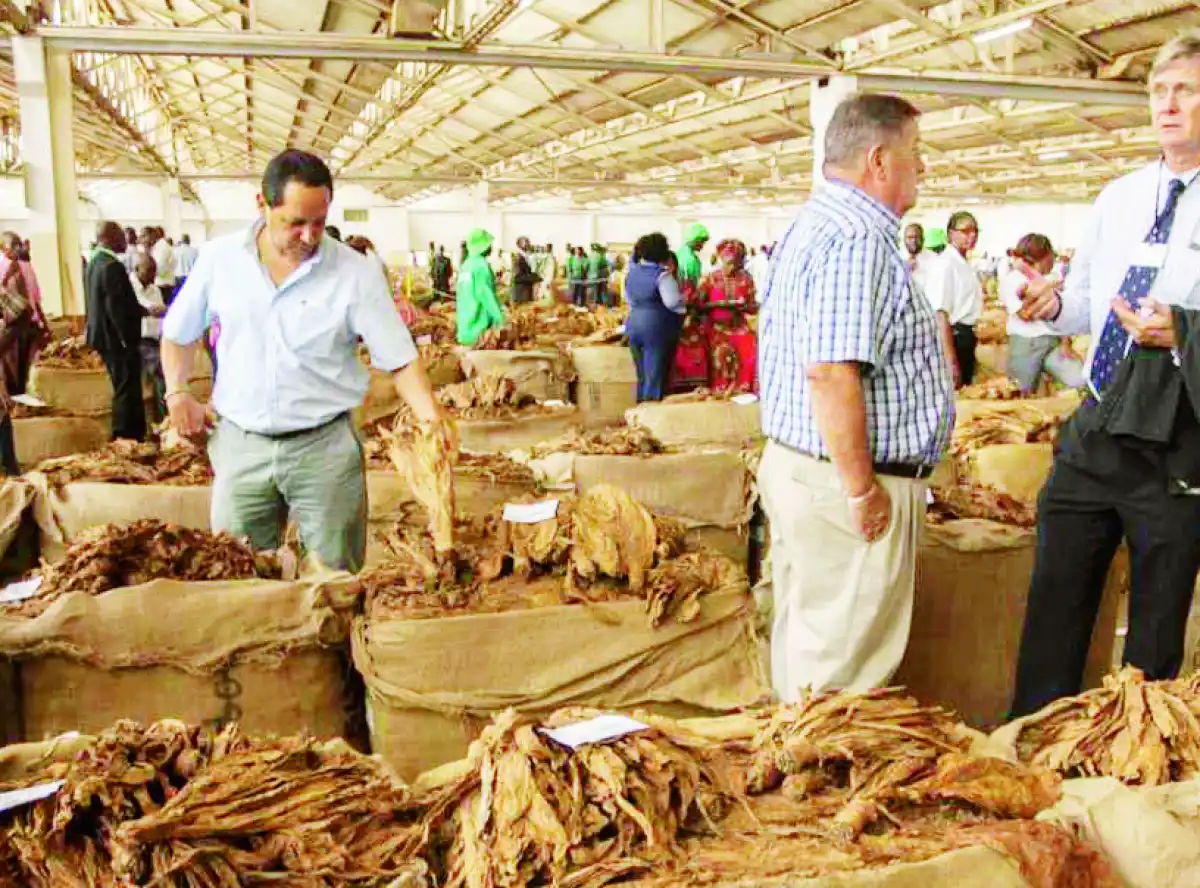Two of the country’s top commercial banks, National Bank of Malawi (NBM) plc and Standard Bank plc, have posted impressive financial results for the year ending December 31 2023, at least by Malawian standards, given the size of the economy and the turbulence therein.
NBM plc has posted a record K71.96 billion profit-after-tax, largely pushed by a 20 percent growth in customer deposits. Compared to the previous reporting period, the profit is a 56.6 percent increase from K45.9 billion.
On the other hand, Standard Bank plc announced a 34 percent profit jump from K39.2 billion in 2022 to K52.5 billion in the year ending December 31 2023.
Expectedly, following the publication of the results in line with listing requirements on the Malawi Stock Exchange, the jury is out with some claiming that the profits are a result of skinning poor customers alive. There are also those who have made fun of the results, saying they reflect the poverty levels where big banks make profits equivalent to $44 million and $30 million or so.
Many times when companies, especially commercial banks and listed manufacturers such as Illovo Sugar (Malawi) plc publish their profits, there are always diverse views. Usually, negative sentiments, often accusing the companies of exploitation.
But then making profit is the desire of every enterprise. In fact, there is nothing immoral or unethical with one making profits, regardless of the magnitude, as long as the firms are operating within the precincts of the law.
Profit is defined as a financial gain, especially the difference between the amount earned and the amount spent in buying, operating, or producing something. It is also said to be the money an entrepreneur or business entity makes in their venture after squaring all costs involved and obligations such as taxes.
NBM plc shareholders will smile all the way to the bank with dividends proposed at K104.94 per share or K23 billion, a 48 percent rise from K15 billion declared last year.
Writing on Facebook, inspiration and motivational speaker Benedicto Bena Nkhoma, himself an accomplished corporate banker, said people should generally be okay with banks making good profits as it ensures stability in the financial system. He said weak financial or banking systems mean no lending which negatively affects perceptions of investors.
I could not agree more. Even the World Bank, in its recent 18th edition of the Malawi Economic Monitor: Turning the corner? With a special topic ‘Healthy watersheds for a strong economy’, observes that the banking sector remains well capitalised, liquid and profitable, and non-performing loans have started to decline.
By December 2023, Malawi’s banks had a total capital adequacy ratio of 20.1 percent and a tier one capital adequacy ratio of 17.1 percent, according to the World Bank. This compares to regulatory minimums of 10 percent and 15 percent, respectively.
The published World Bank data shows that during the year under review, the banking sector’s profit-after-tax increased by 50.2 percent to K256.7 billion compared with K170.8 billion recorded in December 2022.
For NBM and Standard Bank, which until the liberalisation of the banking sector in the mid 1990s were the sole players, they have leveraged on the traditional customers who have stuck with them for long, keeping huge deposits. These customers include major exporters, manufacturers and non-governmental organisations who keep their foreign exchange earnings with the duo, giving them huge forex commissions in the process. For instance, the NBM results show forex commission increased by K13 billion!
The government’s insatiable appetite for borrowing is helping the banks to make a kill as most of their interest income is generated from high Treasury Bill rates.
Information and communications technology has also enabled banks to offer digital services, of course at a fee. There have been schools of thought that the fees are unjustifiably high while others argue they should not be there at all. However, it is worth noting that service providers, including banks, the world over do charge fees for some services offered. Fees for digital services tend to cover the convenience one gets where transport, time and other variables are saved instead of physically visiting a banking hall. On their part, banks pay for licence fees for such systems as well as power and telecommunications network costs.
In a country where 71 out of every 100 people live below the international poverty line of $2.15 (about K3 764.65) a day, the financial sector is bound to continue thriving due to their high liquidity levels and continuous demand for loans, including by government.








0 Comments